8 Must-Haves for a Soothing Sensory Toolkit
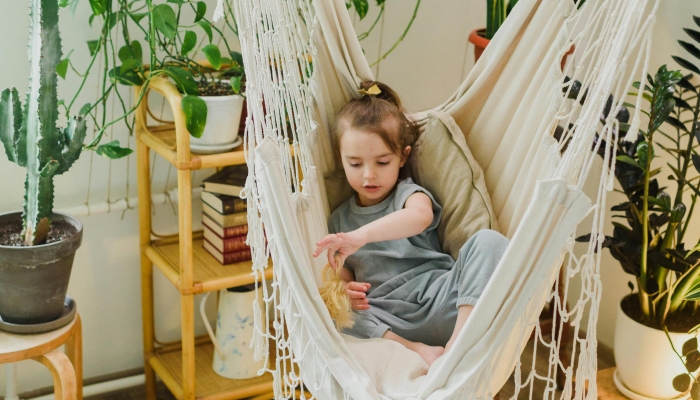
- A sensory tool kit can include wearable sensory items, toys, visual stimuli tools, or aromatic oils.
- Selecting the right sensory tools involves considering safety, age-appropriateness, and individual sensory needs.
- Sensory items provide different benefits, like reducing anxiety, improving motor skills, promoting sensory integration, and calming the nervous system.
If your child has sensory processing issues, creating a sensory toolkit for them can help reduce anxiety, sharpen focus, and improve overall well-being.
You can fill your child’s sensory toolkit with items designed to provide the exact sensory input they need to achieve a sense of calm. Here are eight favorites for these toolkits:
Weighted Blankets
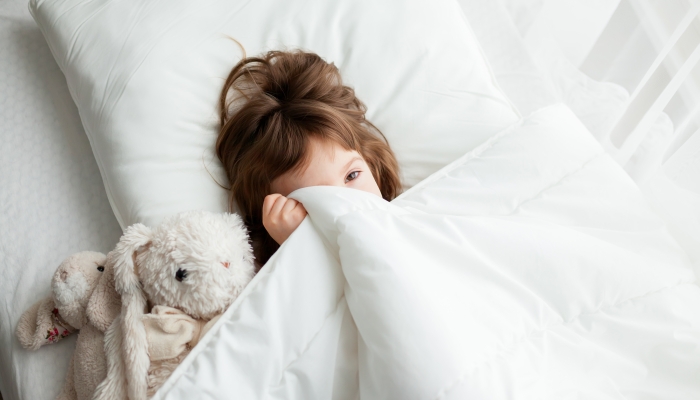
Weighted blankets provide deep, gentle pressure, mimicking the feeling of being hugged or held. This type of sensory input calms the nervous system.
Using a weighted blanket has several benefits for children with sensory processing difficulties. These include:
- Reducing anxiety by soothing your child’s body and mind.
- Improving sleep by helping your child fall asleep faster and stay asleep longer.
- Calming your child’s nervous system by reducing distractions caused by sensory overload.
It’s important to pick the right blanket weight and size. A general guideline is to select a blanket about 10% of your child’s body weight. It should also be large enough to cover your little one without being bulky.
Noise-Canceling Headphones
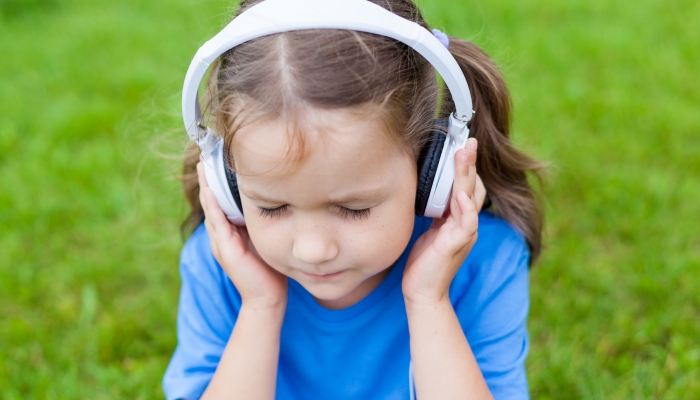
If your child has auditory sensitivities, noise-canceling headphones should be part of their sensory toolkit. These headphones reduce background noise, allowing your little one to focus on specific sounds or enjoy silence.
Excessive noise in social situations or even at home can be highly distressing and cause heightened anxiety or difficulty concentrating. Noise-canceling headphones reduce auditory overload by creating a quieter, more controlled auditory environment, improving your child’s focus and well-being.
Look for these features when choosing noise-canceling headphones:
- Comfort: The headphones should be comfortable enough to wear for long periods. Choose models with cushioned ear cups and an adjustable headband.
- Battery life: A long battery life makes using headphones throughout the day possible without recharging.
- Sound quality: High-quality sound will improve your child’s listening experience, whether listening to ocean waves or enjoying the quiet.
Tactile Toys
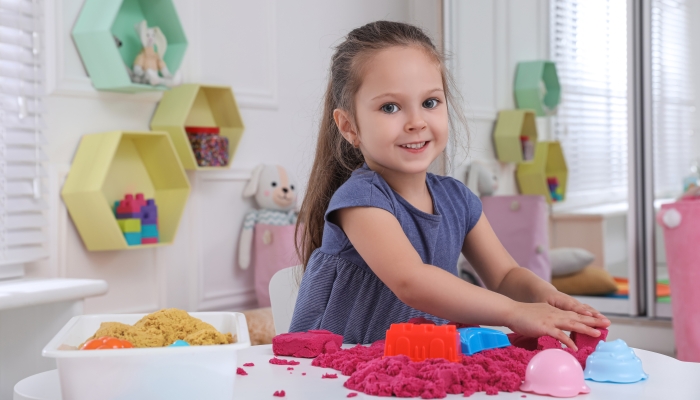
Tactile toys provide sensory input through touch and are a great addition to any sensory toolkit. Each toy can help your little one uniquely. Here are some top choices:
- Stress balls can help reduce stress and improve fine motor skills when squeezing and manipulating them. They’re also easy to take anywhere, making them a good option for on-the-go sensory regulation.
- Kinetic sand and silly putty are also popular. These provide a unique sensory experience through touch, improve fine motor skills, and induce calm.
- Textured puzzles combine visual and tactile input. They can keep your little one’s mind and hands busy, improving their fine motor skills while soothing their senses.
Consider age and specific needs when choosing tactile toys. If your little one is still young, safe, durable, and easy-to-clean toys are ideal. Your older child might enjoy something more complex or prefer a more discreet sensory toy.
Aromatic Oils or Scented Candles
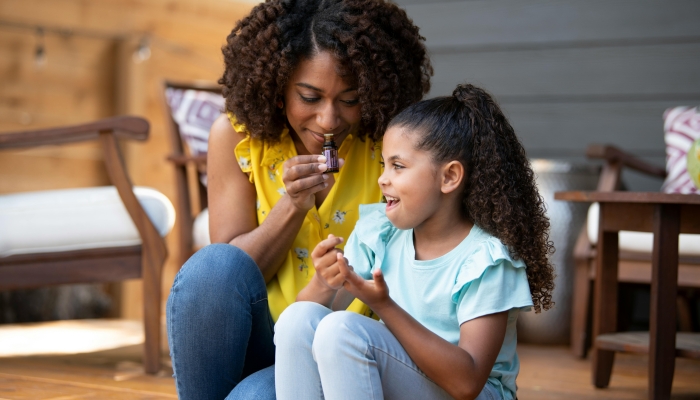
Making aromatic oils or scented candles part of your sensory toolkit can be incredibly effective for calming your child’s nervous system.
Aromatherapy leverages the power of smell to promote relaxation and reduce anxiety.
Certain scents, like lavender, are popular for their ability to soothe and relax the mind, making them a good choice for bedtime or stressful moments. Peppermint can help liven the senses, and chamomile is known for its gentle, relaxing properties.
Safety is of the greatest importance if you decide to use aromatic oils or scented candles around your child. Here are some tips to keep in mind:
- Undiluted essential oils can be too strong and potentially irritating. Always dilute them.
- Use a diffuser to distribute the scent safely throughout the room.
- Always place candles out of reach and never leave children around them unattended.
- Choose child-safe oils and avoid scents that may be too overpowering for sensitive noses.
The right scents can make a big difference in managing sensory sensitivities and promoting peace and relaxation.
Various studies published on MEDLINE, Scopus, and Google Scholar between 2012 and 202211. Sattayakhom, A., Wichit, S., & Koomhin, P.. The effects of essential oils on the nervous system: A scoping review. Molecules. 2023;28(9), 3771. https://doi.org/10.3390/molecules28093771 highlight the beneficial effects essential oils have on the nervous system.
Visual Stimuli Tools
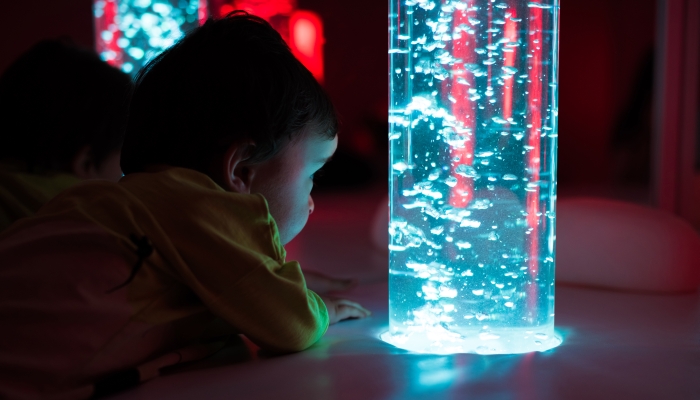
If your child has sight-related sensory processing difficulties, incorporating visual stimuli into their sensory toolkit can be highly beneficial. Tools that offer engaging visual experiences can help improve visual tracking and promote relaxation.
Here are a few examples:
| Liquid Motion Bubblers | Mesmerizing to watch, have a calming effect, and are ideal for use in quiet corners or sensory rooms. |
| Lava Lamps | Soothing, slow-moving blobs of color that help improve focus and reduce feelings of anxiety and stress. |
| Fiber Optic Lights | Color-changing effects that can improve visual tracking and promote relaxation. |
Always place visual stimuli tools in a safe location where your young child cannot easily knock them over or access them. You should also consider the intensity of the stimuli and adjust as needed to avoid overstimulation.
Compression Clothing
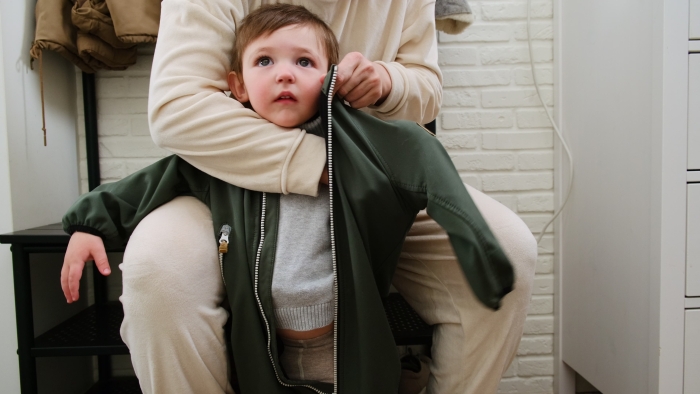
Compression clothing provides gentle, consistent pressure that simulates the feeling of a hug. Its benefits are similar to those of weighted blankets.
The consistent pressure your little one experiences can increase their body awareness, helping them become more aware of their body’s position in space, which can improve coordination and balance.
This increased awareness can also be calming, reducing anxiety and stress.
Guidelines for wearing compressing garments vary depending on individual needs and your child’s comfort level. Some children will only benefit from wearing compression clothing all day, while others may find it more helpful during specific activities or times when they need extra sensory input. It’s essential to listen to your child’s feedback.
Always follow the manufacturer’s instructions when washing and drying your child’s compression clothes to ensure they stay effective and comfortable.
Chewable Jewelry

Children who need oral stimulation can benefit from having chewable jewelry in their sensory toolkit. This type of jewelry provides a safe and discreet way to self-regulate.
Chewable jewelry includes necklaces, bracelets, and pendants. It’s designed to be functional and stylish, making it usable without drawing unwanted attention.
Chewing can help reduce anxiety, improve focus, and create a soothing sensation that can help with overall sensory regulation.
Look for jewelry made from food-grade silicone or other non-toxic materials that are safe to chew. Larger jewelry is a better choice for younger children and helps eliminate choking hazards, while your older child might prefer a more discreet, stylish piece.
Chewable jewelry can help improve your child’s well-being by providing a reliable, accessible coping strategy for dealing with sensory overload and keeping calm throughout the day.
Swings or Hammocks
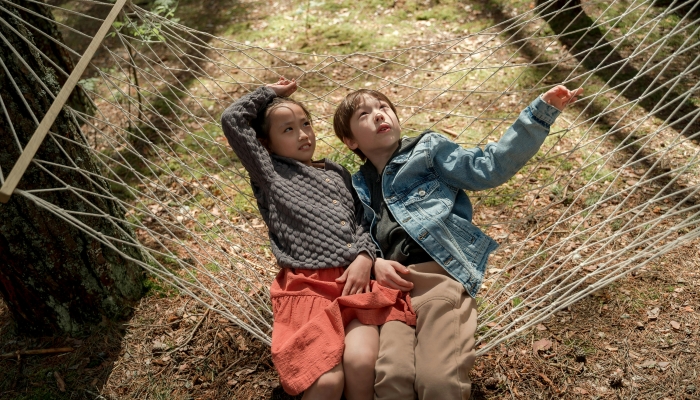
A swing or hammock can help your child improve their balance, motor skills, and sensory integration.
The motion of swinging helps with balance by stimulating your little one’s vestibular system. It also improves their motor skills as they adjust their body to the swinging motion, using different muscle groups and improving coordination.
Swinging can also support sensory integration through the consistent, rhythmic sensory input it provides.
You can choose between indoor and outdoor swings or hammocks for a playroom, sensory room, or safe outdoor space that allows for fresh air and a different sensory environment.
Always install these on a solid support beam and ensure enough space around it to prevent collisions. Soft landing areas, like a rubber mat or grass, are also necessary to help cushion any falls.
Start with short swinging sessions and gradually increase the duration as your child becomes more comfortable. Remember to always supervise your children.
References
- Sattayakhom, A., Wichit, S., & Koomhin, P. (2023). The effects of essential oils on the nervous system: A scoping review. Molecules, 28(9), 3771. https://doi.org/10.3390/molecules28093771
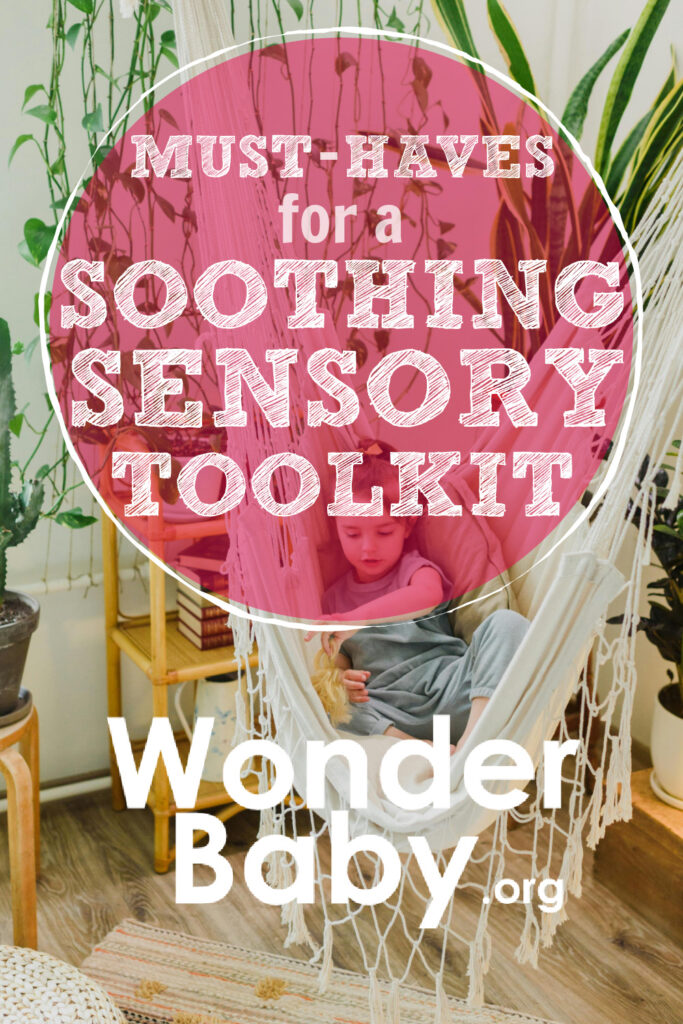
Related Posts
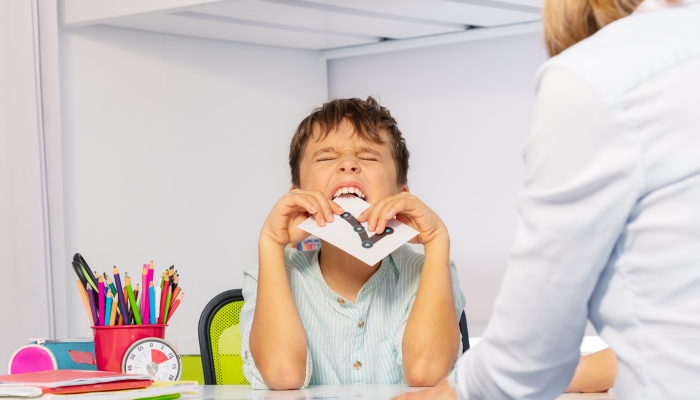
Behavior
Understanding Intermittent Explosive Disorder in Children
Are you worried about your child’s unexpected aggression and explosive behaviors? Learn how to support a child with intermittent explosive disorder.

Behavior
5 Emotional Regulation Activities for Kids
Want to teach your child how to regulate emotions? Here are emotional regulation activities for kids that can help!
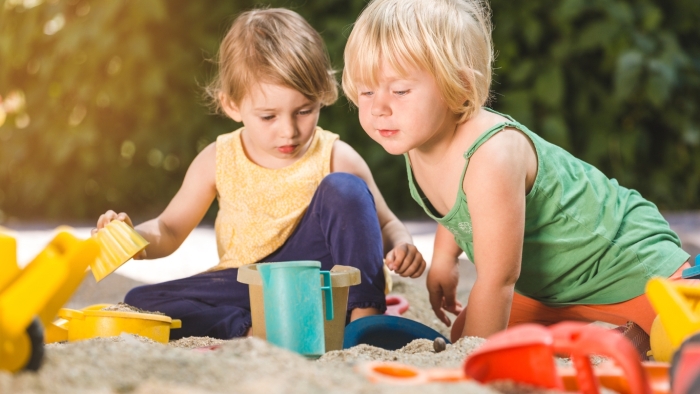
Sensory Activities
5 Sand Play Activities to Encourage Fine Motor Development
Sensory bin, at the beach, or in a sandpit? Try these sand play activities to help toddlers and preschoolers develop their fine motor skills.